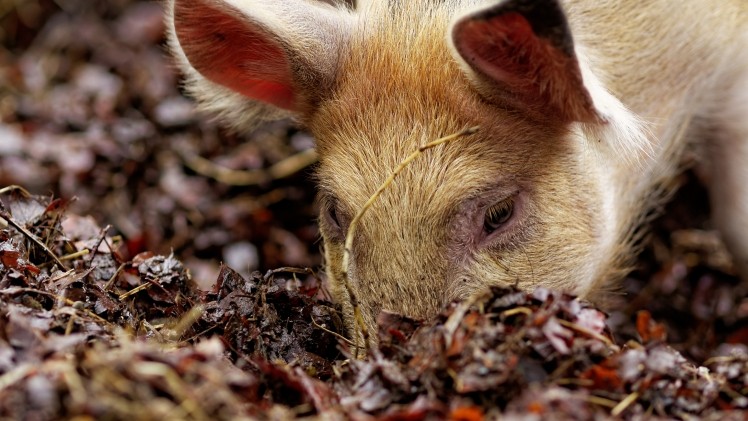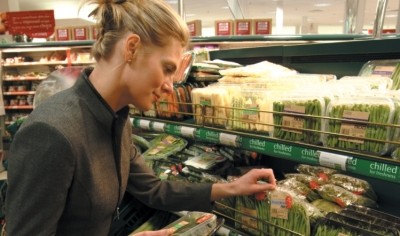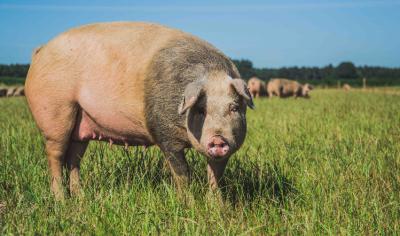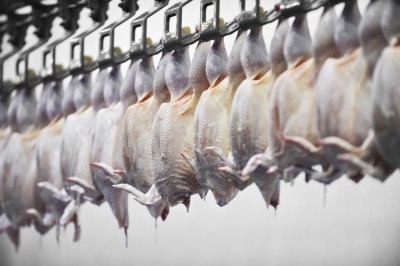Animal welfare phrases confuse shoppers

Simon Taylor, director – retail and food & beverage at market research firm Oko told delegates at the event in Bristol, which was organised by the predominantly foodservice driven wholesaler, that many terms were misunderstood.
Citing consumer feedback to research conducted for Compassion in World Farming (CIWF) and Winterbotham Darby, Taylor said phrases such as ‘partially outdoors’ and ‘indoor better welfare’ were key offenders.
One respondent surveyed reacting to the phrase ‘partially outdoors’ said: “Doesn’t mean anything to me. Partially could be eight hours a day or 20 minutes a day. Makes me think of a prisoner getting his time in the exercise yard.”
‘Indoor better welfare’
Another, commenting on the description ‘indoor better welfare’, said: “It might be better for some animals to be indoors? For example, chickens. I read that they prefer to be indoors. But for animals bigger than a chicken, I don’t understand how you can have better welfare if they are not in their natural habitat.”
Taylor said the three terms resonating best with surveyed consumers were ‘free range’, ‘organic’ and ‘pasture fed’, in that order.
According to feedback from 262 consumers quizzed by Oko, for CIWF, 85% were in favour of products being labelled to explain how animals were farmed. Responses suggested most support either for a colour coding system (53% backed this idea) or a numerical ratings system (50% liked this concept).
Taylor told Food Manufacture: “Consumers tell us the best way to communicate animal welfare standards on packaging is a simple packaging narrative. They often pay little or no attention to packaging, so to make animal welfare part of that decision-making process, it needs to be clear and simple to identify.
‘Informed decisions’
“There is a desire among consumers to see animal welfare clearly communicated on packaging to help them make informed decisions. 84% of consumers we spoke to through this research expressed a desire to see it clearly communicated on packaging. Although animal welfare can often sit in consumers’ minds as an unconscious factor it can easily be activated through social media. 63% of those we spoke to felt it was becoming a higher profile issue.
“Manufactures can benefit from demonstrating to their consumers their commitment to animal welfare, which in turn consumers tell us will increase their confidence, purchasing behaviour and loyalty to the brand.”
He said consumers did not see it as their responsibility to fund such a scheme, but rather the duty of the farmer, government and retailers.
Simple and obvious
Consumers often pushed animal welfare to the backs of their mind, so other decisions would often supersede it, for example price, quality, pack size, he said. As a result, any labelling scheme had to be simple and obvious.
CIWF has petitioned the Government to create a mandatory on-pack labelling scheme for meat and dairy products. It has proposed a six-tier scheme.
Taylor said a single scheme would remove the need for consumers to navigate multiple certificate and assurance schemes, for which precise meanings are often unclear.















